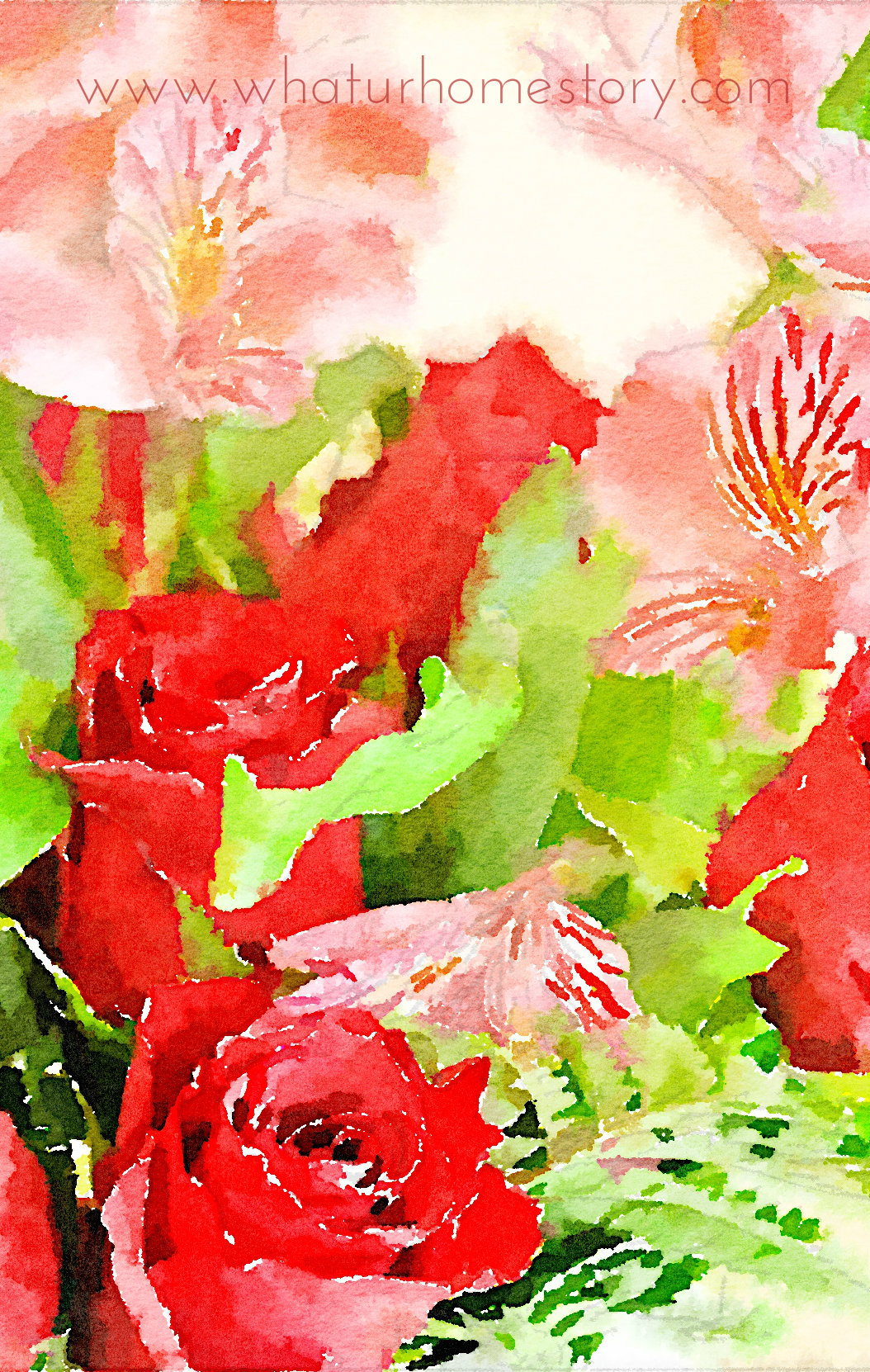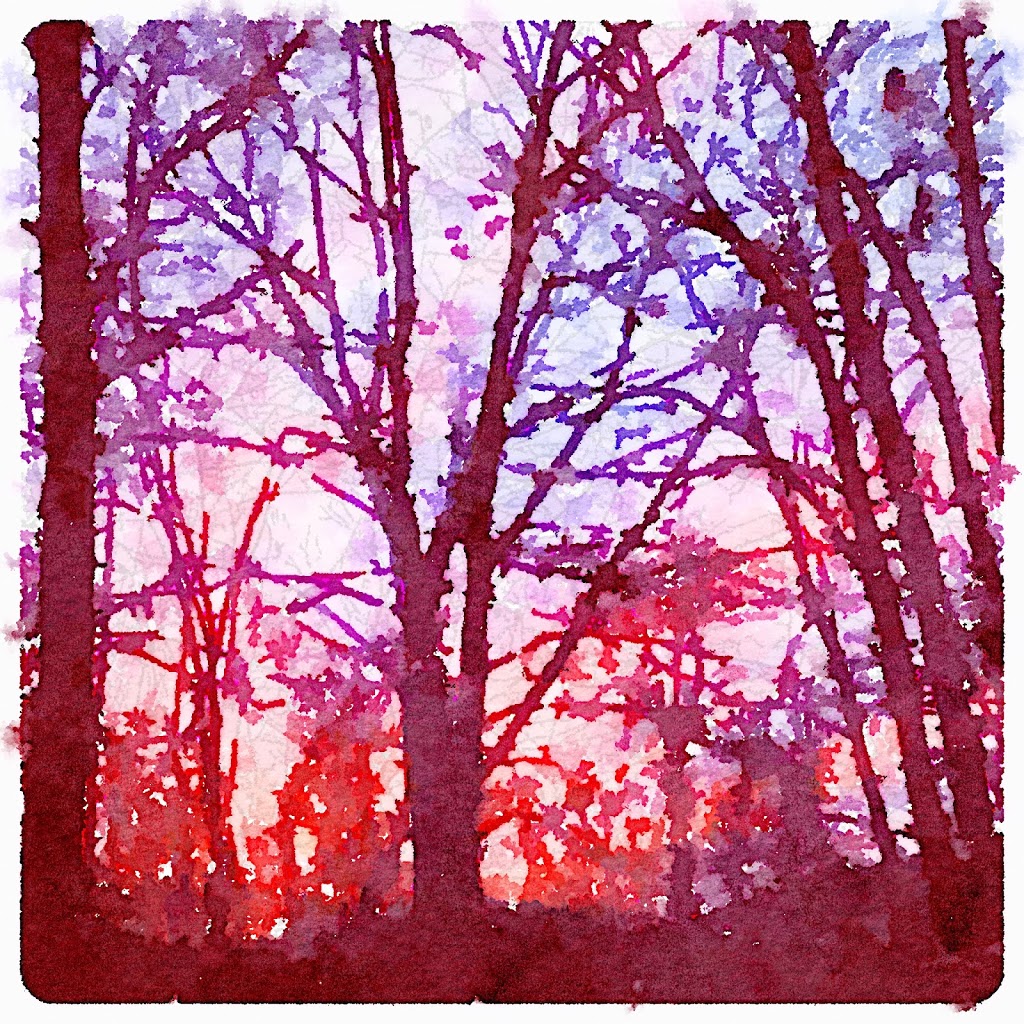
I found it a bit odd that the Settings for Waterlogue are hidden at the end of the bottom row of the share sheet. Or, if you prefer, you can save it directly to your Camera Roll, copy, open in a third-party app or Airdrop, or email. You can send it directly to Instagram, Twitter, Tumblr, or as a Sincerely Postcard. When you’re finally done with your masterpiece, just tap on the heart to bring up the share sheet. But it’s good to have the option of not having it if you prefer it. Personally, I usually don’t like borders on my images, but I think with this watercolor style, it helps it pop a bit more, and it’s also like a frame. And after that, you can choose between border or no border. Then next on the strip will be the brightness options, where you can choose from dark, darker, normal, lighter, and light. The default size is always medium, but if you tap on another size, you’ll get another preview of what it would look like before actually applying it. The options here are small (4), medium (6), large (8), and giant (10). And if you prefer the original, you can just flick the preview image off to the side to get rid of it.Īs you scroll past the filters, you will come across the brush stroke size. Tapping on this preview will apply it to the actual image, and you can watch the process all over again. If you aren’t happy with the effect you chose, you can tap on another one to bring up a “live preview” of it that will show up as a miniaturized version on top of the original image you’re working with. When the calculations are complete, you will see a beautiful animation of the painting process, and see your image “come to life,” as they would say. By default, the first filter applied will be “Natural.” You’ll see Waterlogue work its magic the moment you select an image, and you’ll be guided step-by-step on what it’s doing.

Once you have your image, you scroll through the ribbon and see the 12 choices of filters that you can apply to the image. I actually love that Tinrocket continues this example, because it’s a great way to find out what an app is capable of, and I wish more photo apps followed suit. If you aren’t sure of what to turn into a watercolor yet, you can test the app out with one of the 10 example photos provided. You need an image to work with first, so you just tap on the camera button and import from your library, or take a new capture. Above this strip will be two buttons: the camera is for importing an image, and the heart is for the share sheet.īecause it’s so straightforward, new users are able to dive in without much guidance. Basically, the bottom of the screen will feature a “ribbon” of various watercolor filters that you can apply, the size of the brush strokes, brightness settings, and whether or not to use a border. Everything is laid out in a clear manner, so I found it pretty intuitive to use. After a brief little splash screen, you will get right to the good stuff.

Just like the other apps, Waterlogue features a clean and simple interface.


 0 kommentar(er)
0 kommentar(er)
